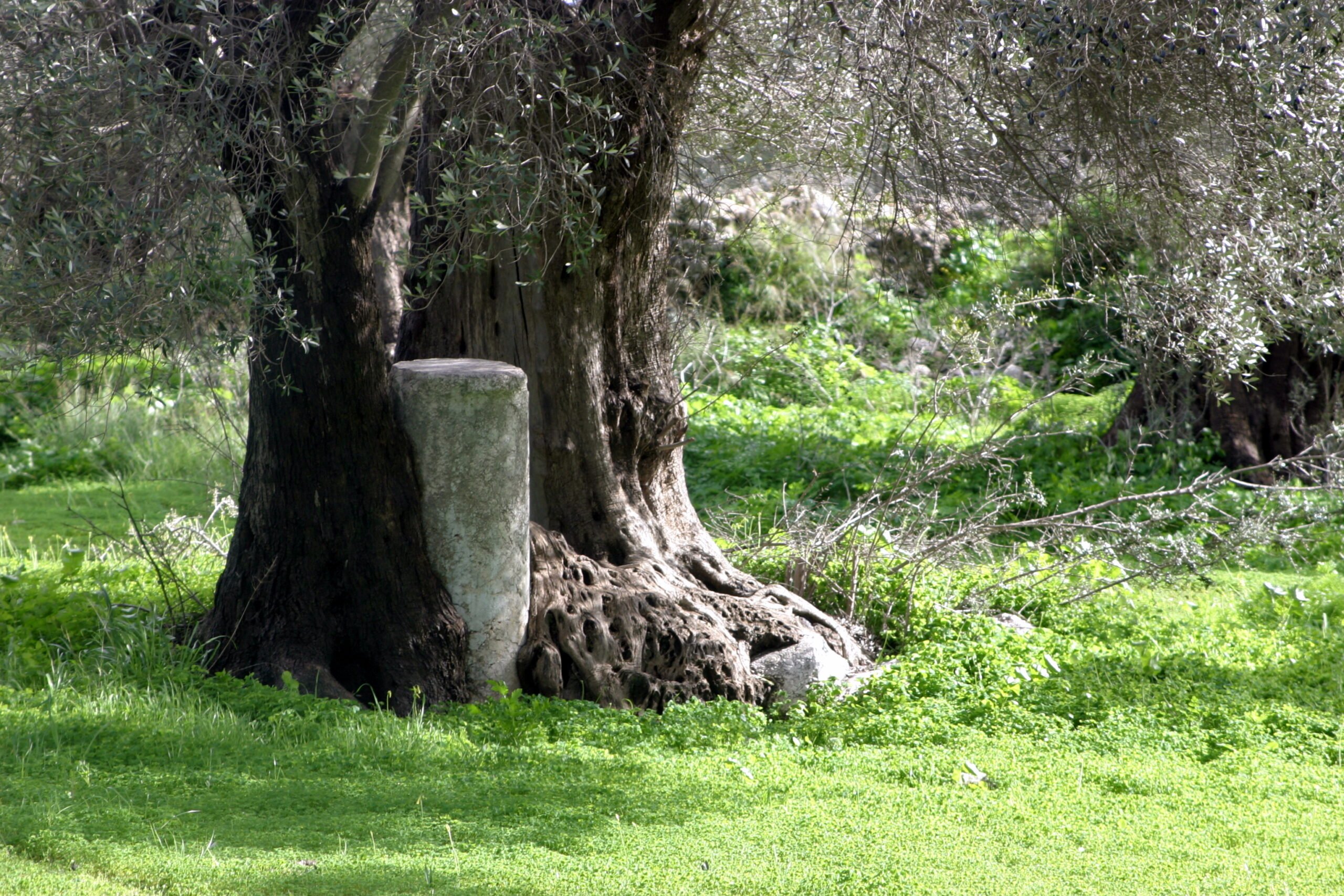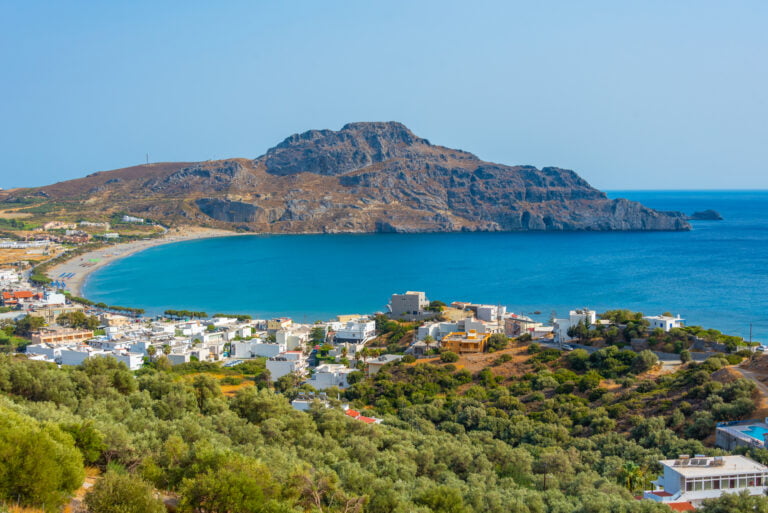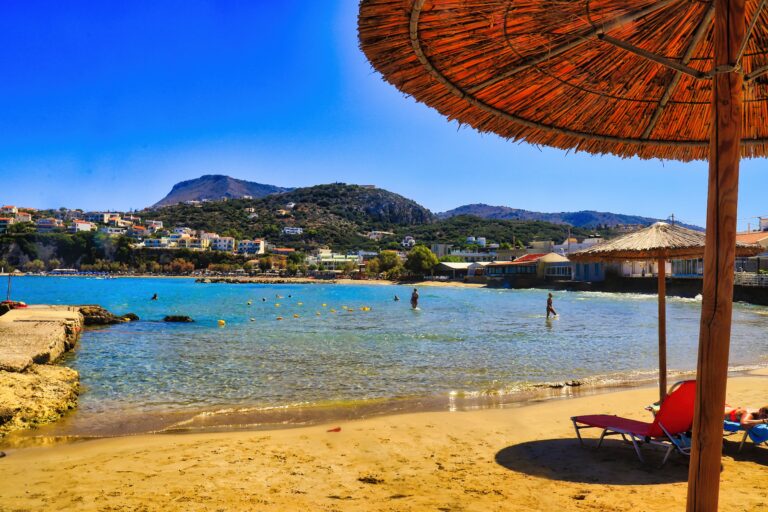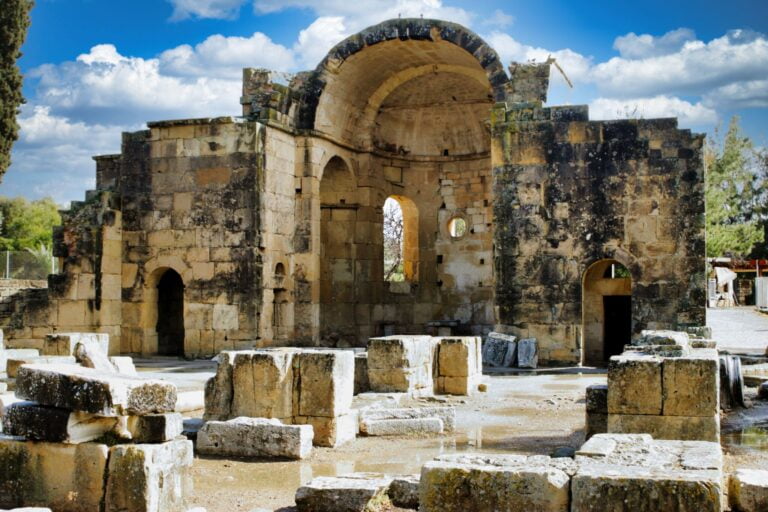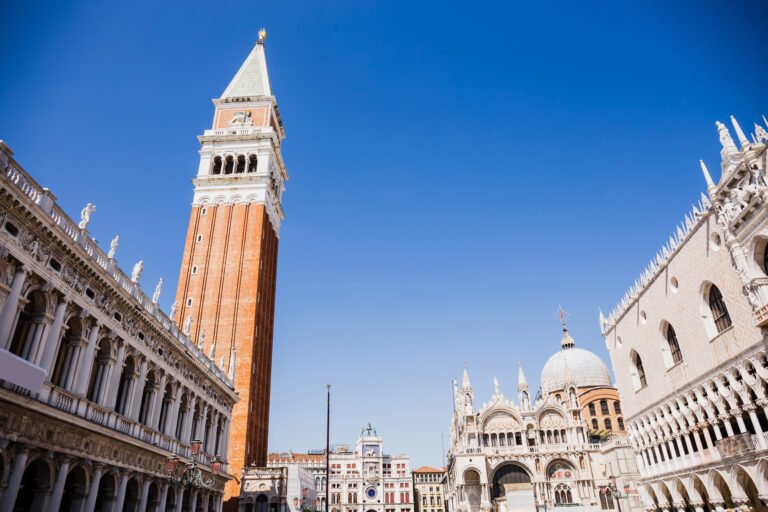Gortyn, the hidden secret of Crete
The Magnificent City of Gortyn
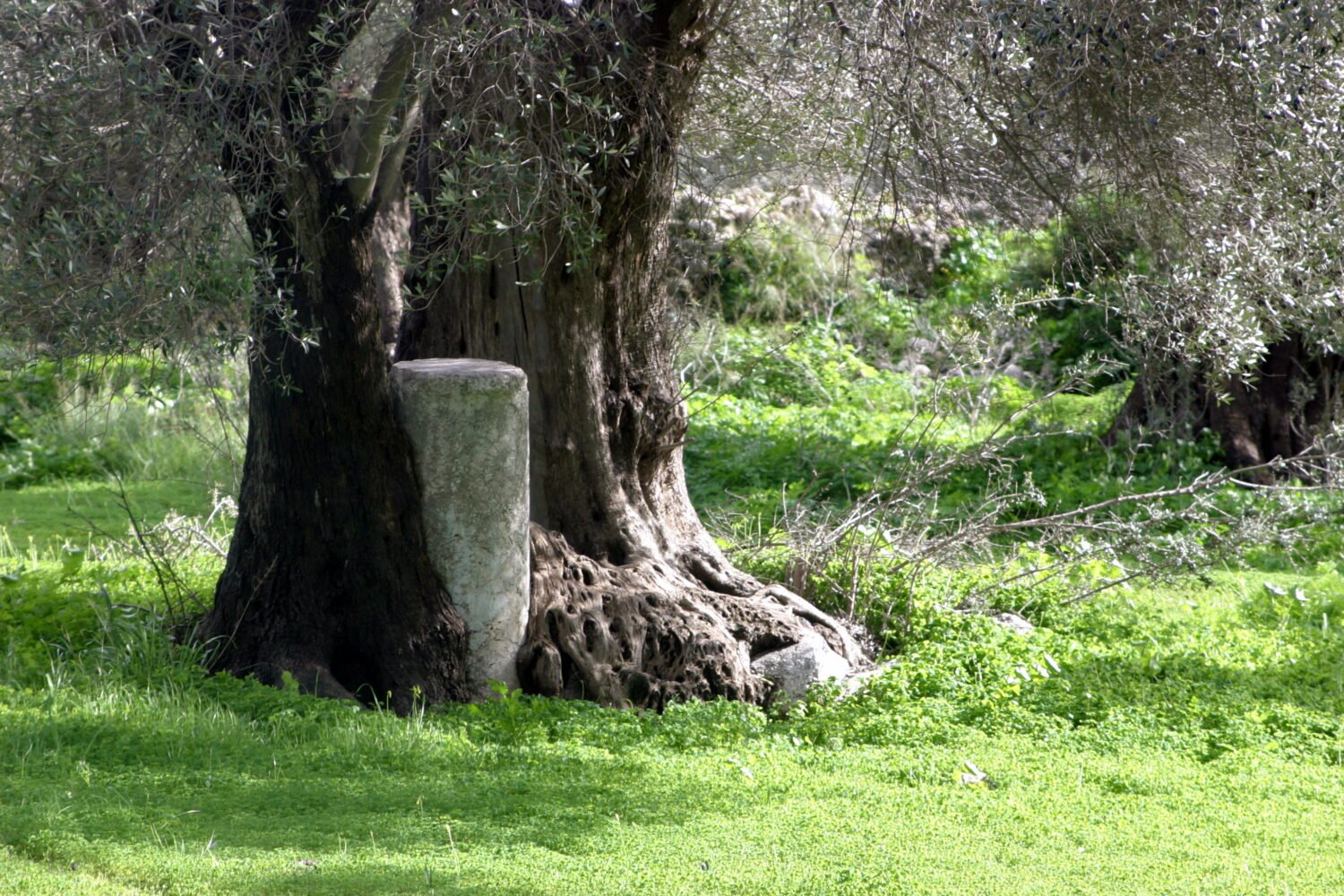
Crete is a beautiful island in the Mediterranean Sea and is known for its stunning landscapes and rich culture. Its history is vast and dates back centuries, but all you will hear of are the Minoans.
With the earliest inhabitants arriving in the late Neolithic period. One of the most significant sites on the island is the ancient city of Gortyn, which played an important role in Dorian, and Roman times. Not a Minoan whatever to be seen. But this is something you cannot miss.
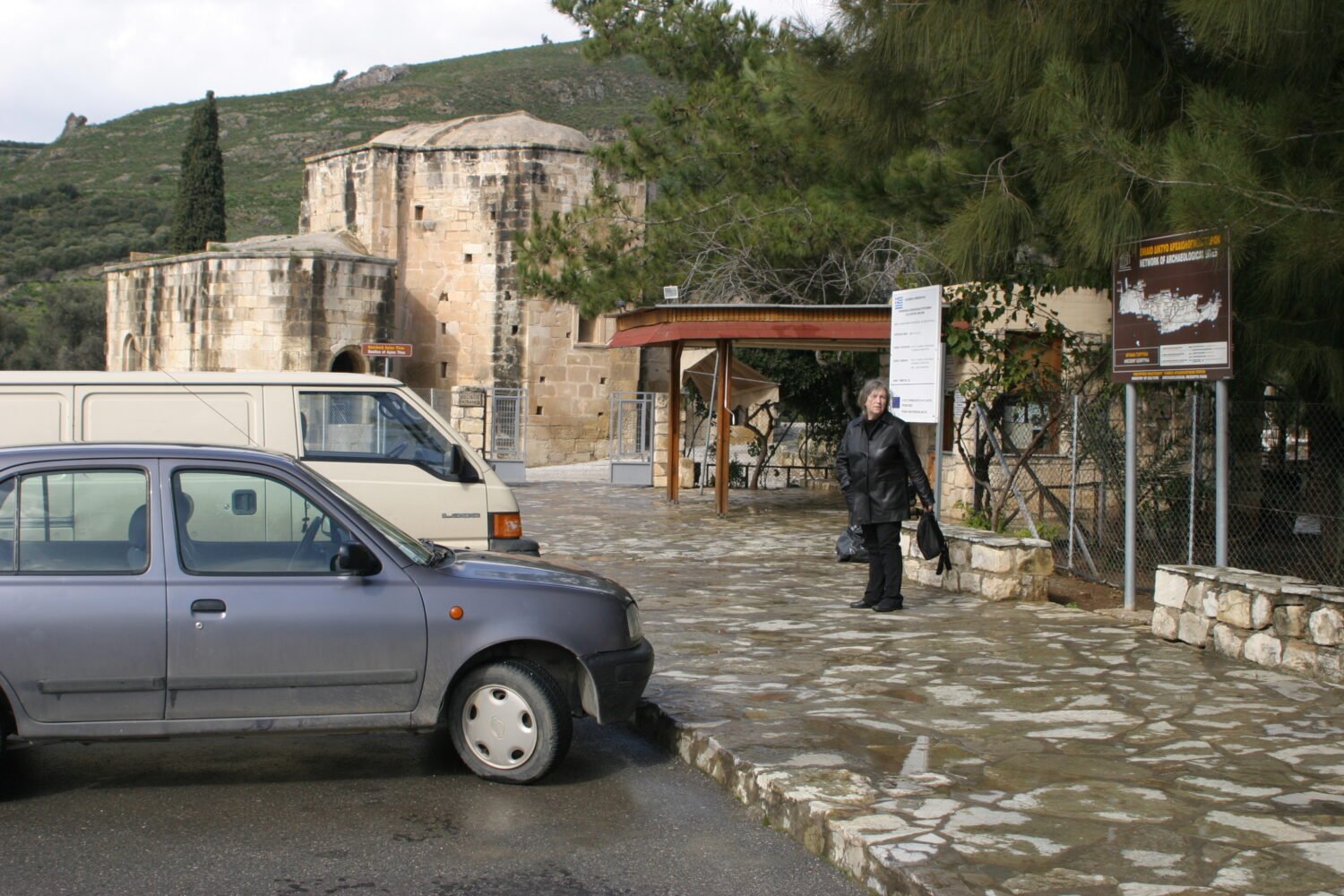
Between the village of Agia Deka and a little way towards Mires is the Greek tourist board’s site of Gortyn. But this is a little place with the Gortyn Code shown as well as a small amphitheatre so it is worth a visit. But the actual city of Gortyn is huge and I mean up to ten square kilometres. Leave your car in the car park, cross the main road and walk about half a mile back towards Agia Deka then turn right into the Olive groves and keep walking another few hundred feet and you will find the magnificent City of Gortyn.
The city of Gortyn was first established in the seventh century BC by the Eteocretans, a people who inhabited the island of Crete in the Aegean Sea. The city was in the Messara in the south of the island and was part of the powerful Minoan civilization, which had flourished in the region since around 3000 BC. Gortyn was an important administrative, religious, and military centre, because of its strategic location near their port just north of Matala.
However, the city’s prosperity was short-lived, as the Dorians conquered it in the eighth century BC. The Dorians were a people from the Greek mainland who had migrated to the island of Crete. They established their own culture and political system in Gortyn, which was separate from the Minoan and Mycenaean cultures.
A shift in power from the Minoans/Mycaneans to the Dorians marked the Dorian period in Gortyn. This was largely because of their military prowess, as they could defeat the Minoans in battle. The Dorians also introduced a new language, known as Doric Greek, which replaced the Minoan language.
The Dorian Law Code Of Gortyn
Gortyn was an important cultural centre during the Dorian period, as evidenced by the many monuments and artefacts found there. The most notable of these is the Gortyn Code, a set of laws that were inscribed on stone slabs. This code is considered to be the first written law code in Europe, and it is also the earliest example of a written language.
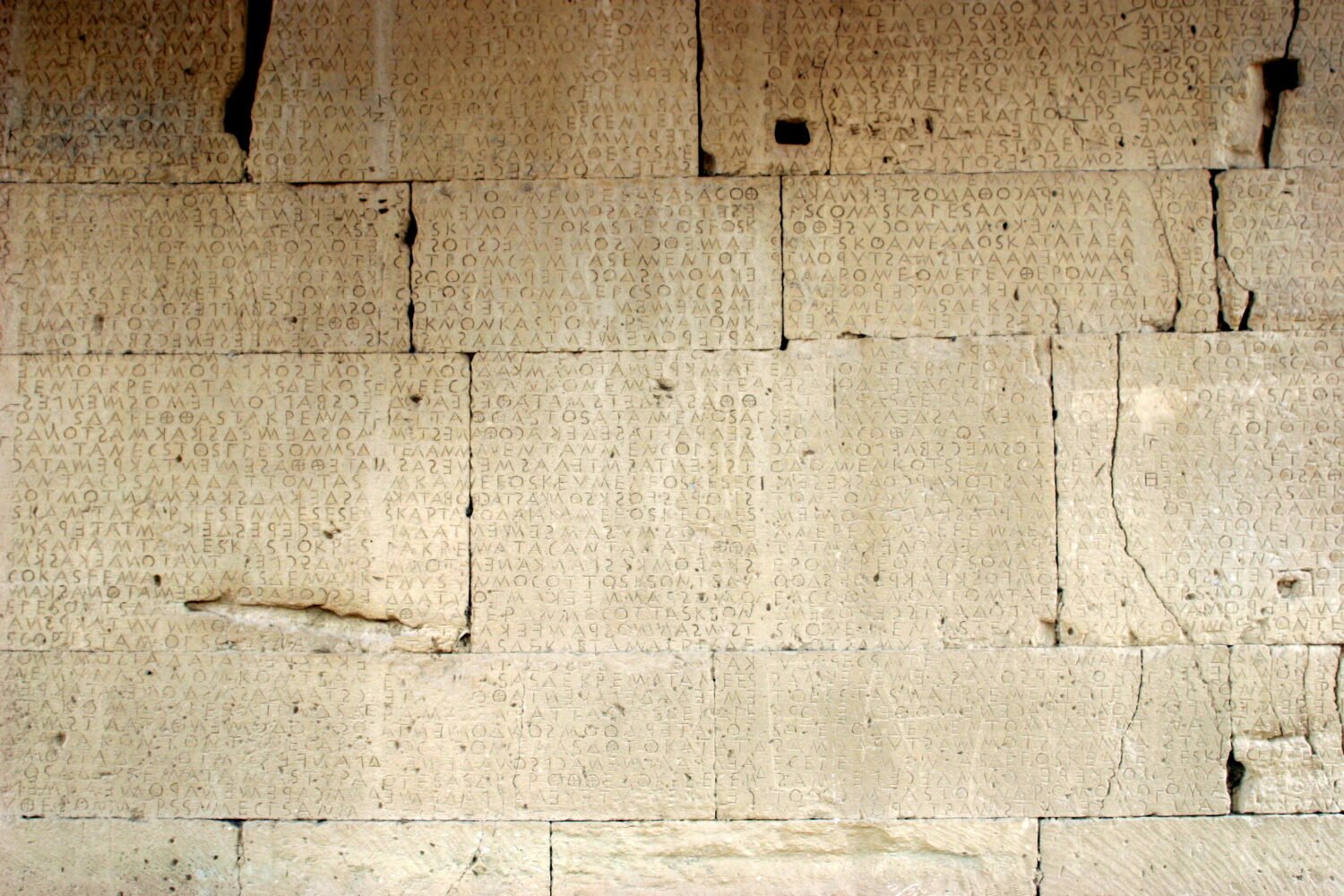
This language is unique because it includes the ploughman’s script. This means that the first line of the code goes from left to right followed by the second line from right to left, and so on.
The Gortyn Code includes laws governing such aspects of life as marriage, inheritance, and property rights and includes rules to become a citizen from being a slave. This code is thought to have been written by the Dorian ruler of Gortyn, who used it to ensure the loyalty of his subjects.
The Dorian period in Gortyn ended in the 3rd century BC when the city was conquered by the Romans and became the capital of the Roman province of Crete and Cyrenica (Egypt). Under Roman rule, the city flourished and became an important centre of government, commerce, and culture. The city was surrounded by impressive city walls that still remain today and was home to a number of public buildings, including a forum, a Senate House, and a Temple of Apollo. Gortyn also developed as a centre of education, with a library, a school of rhetoric and law, and a school of philosophy.
The Roman City
During the Roman period, Gortyn was an important centre of Christian activity and was home to a number of churches and monasteries, including the Church of St. Paul, the Church of St. Peter, and the Monastery of St. John the Baptist. Gortyn was also the site of a number of important events, including the Council of Gortyn which was held in the 4th century AD and was one of the first councils of the Christian Church.
The Roman period, which spanned from around 200 BC to 400 AD, was when Gortyn reached its peak. The city became a major trading port, connecting it with other parts of the Mediterranean and beyond. It was also a major political centre, with the Roman Empire recognising Gortyn as the capital of the island. Numerous monuments and artefacts from this period have been found, showcasing the importance of Gortyn during this time.

Today, Gortyn remains an important part of Crete’s history and culture. The city is home to many ancient monuments and artefacts, which have been preserved for visitors to explore and learn about the city’s past. But remember the greek tourist site of Gortyn is but a tiny part of the reality of the ancient city. Just cross the main road and walk through the olive groves over roman pillars beside the water viaduct that nourished the city and you will come to the city itself covering several square kilometres of area.
The site is being worked by the Italian School of Archeology and you will see a huge city centre consisting of loads of columns and temples, even one to the Egyptian Gods. You can walk around the city and it may take a while and keep a lookout, many roman coins have been found there.
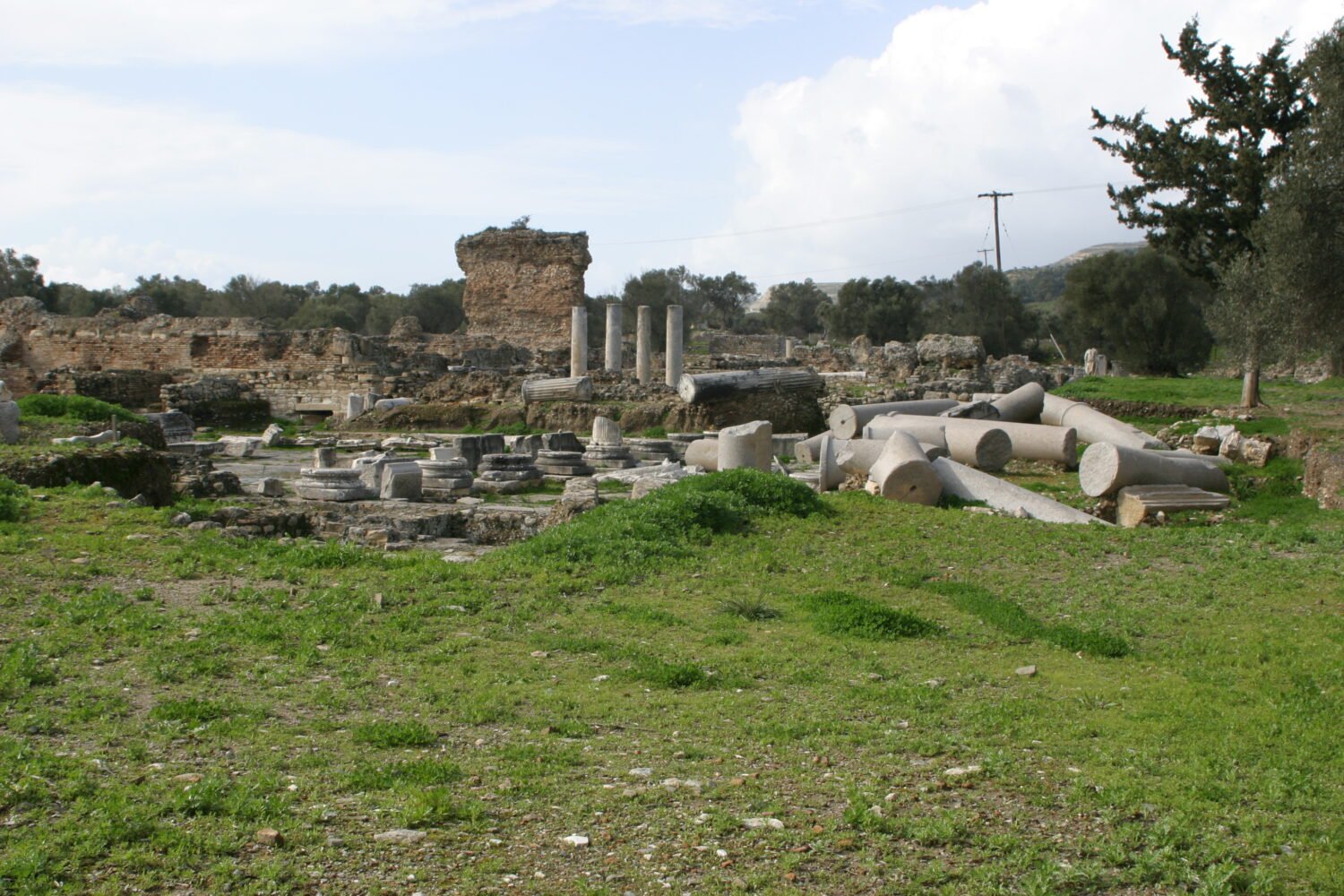
The City of Gortyn and the Romans are hardly mentioned in all the brochures the tourist board puts out but do come to see this amazing place, the Hall of the Code of Gortyn, the amphitheatres and so much more. It sure beats Time Team. You will never forget this place and you will have seen one of the hidden secrets of Crete.
Map Of Gortyn
Table of Contents
Views: 610

